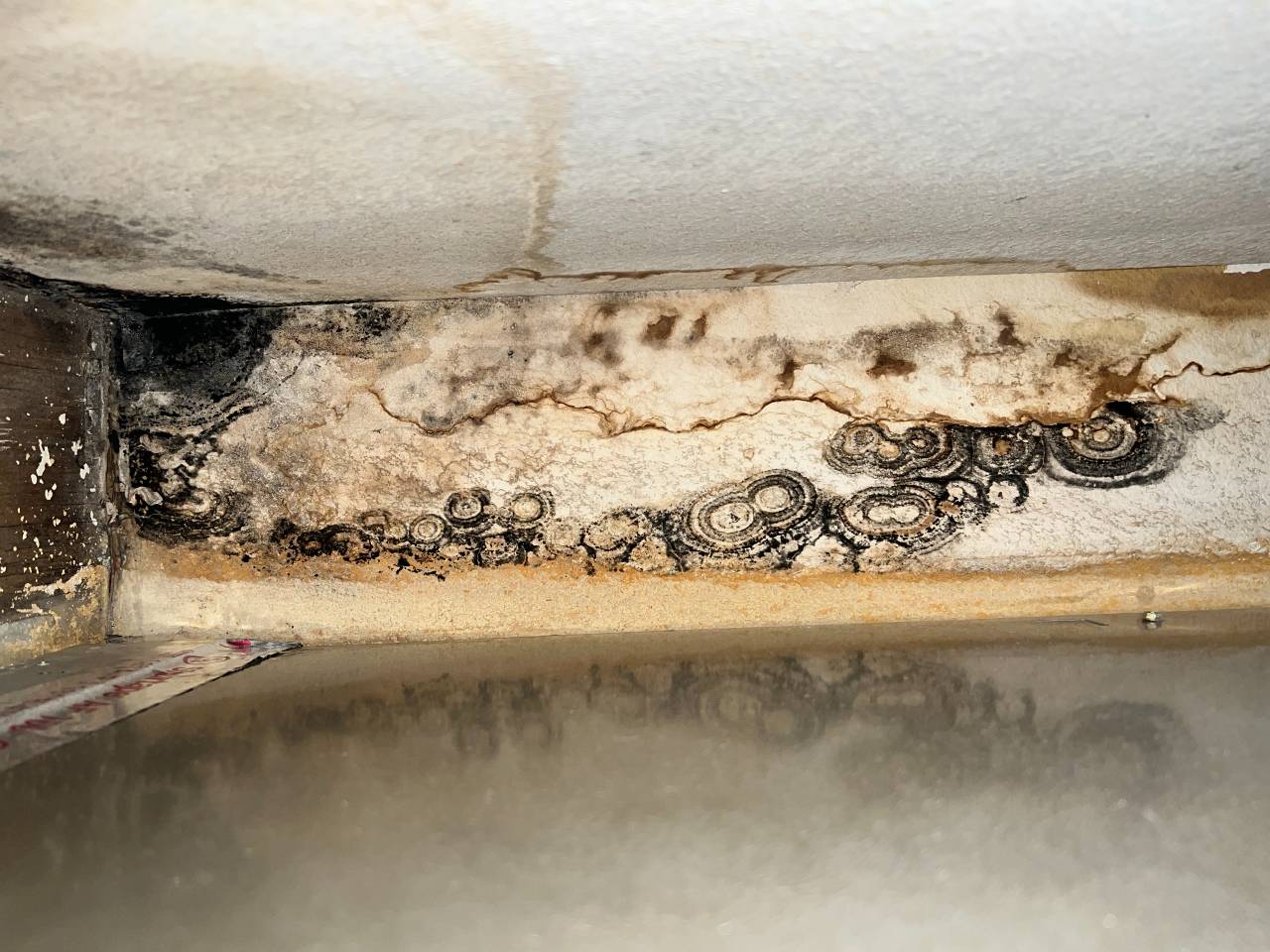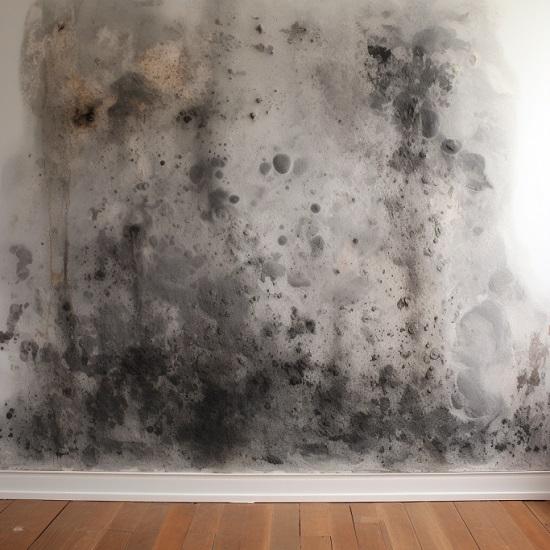Testing Air Quality After Mold Remediation
Wiki Article
Expert Tips for Post Mold Remediation Success
In the world of mold and mildew remediation, successfully eliminating mold is only half the fight; truth challenge depends on preventing its reappearance. Post-remediation efforts play an essential role in guaranteeing a mold-free setting in the lengthy term. By adhering to skilled suggestions and best techniques, individuals can protect their rooms against mold and mildew rebirth and maintain a healthy and balanced interior setting. It remains in this stage of the remediation procedure that attention to detail and proactive steps really make a distinction.
Screen Humidity Levels On A Regular Basis
After completing mold removal treatments, maintaining optimum humidity levels is essential to stop mold and mildew re-growth and ensure a healthy interior atmosphere. High humidity degrees over 60% develop a helpful setting for mold to thrive, making normal checking a proactive action to avoid any type of future mold and mildew issues.Furthermore, developing a regular schedule for humidity checks, specifically in risky locations such as restrooms, kitchens, and cellars, is a proactive approach to mold and mildew prevention. By continually monitoring moisture levels, building owners can effectively minimize the danger of mold reoccurrence and keep a healthy and balanced interior atmosphere post-remediation.
Conduct Thorough Inspections Post-Remediation
Complying with the conclusion of mold and mildew remediation procedures, it is imperative to conduct comprehensive examinations to validate the performance of the remediation process. These post-remediation inspections are crucial in making certain that the mold and mildew concern has been successfully addressed which there is no reappearance or remaining mold and mildew development. Evaluations need to be accomplished by certified professionals who have competence in determining mold and evaluating indoor air high quality.During these evaluations, different approaches such as visual assessments, air sampling, and surface area sampling may be used to extensively review the remediated areas. Visual assessments include a thorough examination of the facilities to check for any visible indications of mold growth or water damage. Air sampling assists in determining the air-borne mold spore degrees, while surface tasting can identify mold and mildew particles on surfaces.
Implement Proper Air Flow Methods
After making certain the performance of the mold removal process with comprehensive evaluations, the next important action is to concentrate on executing appropriate ventilation strategies. Ample air flow is necessary in stopping mold reoccurrence by managing wetness degrees and advertising air circulation. To accomplish this, it is suggested to use exhaust followers in areas vulnerable to high moisture, such as bathrooms and kitchen areas. Furthermore, opening doors and windows when climate allows can help enhance air movement and reduce dampness accumulation. Air dehumidifiers and cleansers are also important devices in maintaining ideal indoor air quality.
Correct air flow not only aids in protecting against mold and mildew growth but also adds to the general wellness and comfort of owners. By making certain sufficient air flow throughout the property, you can reduce the danger of mold and mildew regrowth and produce a much healthier living setting. Regular maintenance of air flow systems, including cleansing and filter substitutes, is crucial to sustaining efficient air flow. Consulting with heating and cooling experts can give more understandings right into maximizing air flow methods for your certain property requirements.

Usage Mold-Resistant Products for Services
To enhance the long-term effectiveness of mold and mildew removal initiatives, integrating mold-resistant materials for repair services is critical in mitigating the danger of future mold growth. Mold-resistant materials are created to endure wetness and inhibit mold and mildew development, making them a necessary option for locations susceptible to wetness and humidity. When fixing locations influenced by mold, using materials such as mold-resistant drywall, mold-resistant paints, and mold-resistant caulking can help protect against mold and mildew reappearance.Mold-resistant drywall is an exceptional option Full Article to traditional drywall in areas like restrooms and basements where wetness levels are higher. When exposed to damp problems, this type of drywall has an unique covering that stands up to mold and mildew development even. Additionally, utilizing mold-resistant paints consisting of antimicrobial agents can additionally hinder mold and mildew advancement on wall surfaces and ceilings.
In areas where wetness is common, such as shower rooms and cooking areas, using mold-resistant caulking around home windows, bathtubs, and sinks can assist secure out water and protect against mold and mildew from taking hold in cracks and holes. By spending in these mold-resistant products throughout repair work post-remediation, you can considerably minimize the likelihood of future mold and mildew concerns and preserve a healthier indoor atmosphere.
Maintain Tidiness and Address Water Issues
Making sure cleanliness and promptly dealing with water issues are fundamental practices to support in securing indoor rooms from mold reinfestation. After mold and mildew removal, it is essential to preserve a clean environment to stop the regrowth of mold and mildew (After mold remediation). Regular cleaning, cleaning, and vacuuming can help remove any type of sticking around mold spores and prevent them from proliferating and settling. Additionally, keeping indoor rooms dry and addressing any kind of water concerns without delay is important in mold and mildew prevention. Leaks, water intrusion, or high humidity degrees can produce the ideal breeding ground for mold and mildew, so it is necessary to take care of any water-related issues right away.To preserve sanitation, think about making use of HEPA filters in vacuum cleaners and air cleansers to trap mold spores and prevent their circulation in the air. Ensuring proper air flow in areas vulnerable to moisture buildup, such as washrooms and cooking areas, can assist maintain humidity levels in check. By staying cautious about cleanliness and resolving water concerns promptly, you can properly prevent mold reinfestation and preserve a healthy interior environment.
Verdict

In the realm of mold removal, successfully eradicating mold is just half the battle; the real difficulty exists in preventing its reappearance. After finishing mold removal procedures, keeping optimal humidity degrees is critical to protect against mold and mildew re-growth and ensure a healthy and balanced interior environment. High humidity levels above 60% create a conducive atmosphere for mold to grow, making regular monitoring a proactive action to stop any kind of future mold and mildew issues.
To improve the lasting performance of mold and mildew removal efforts, integrating mold-resistant products for repair work is critical in minimizing the danger of future mold growth. After mold and mildew remediation, it is important to maintain a clean setting to prevent the regrowth of mold and mildew.
Report this wiki page